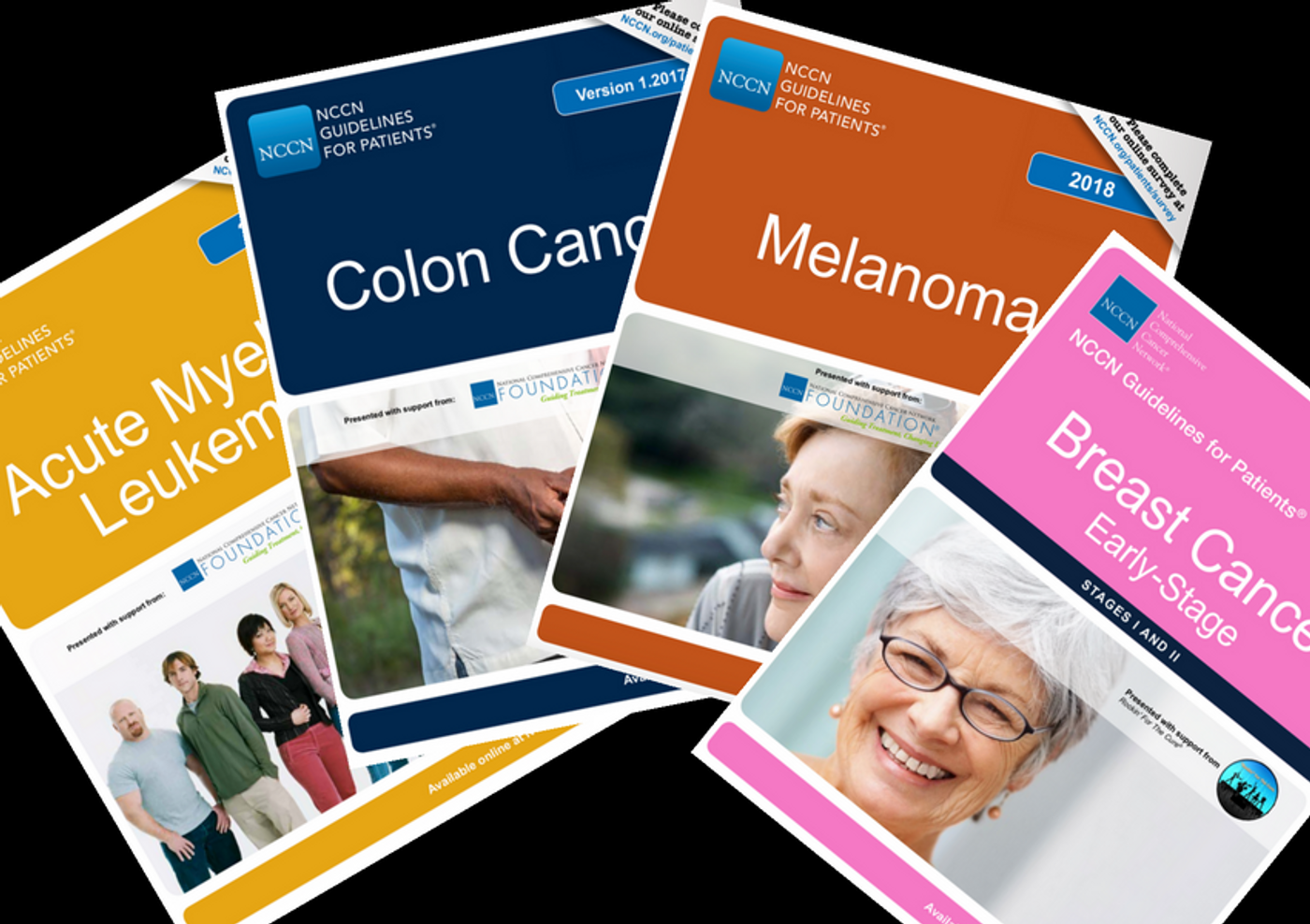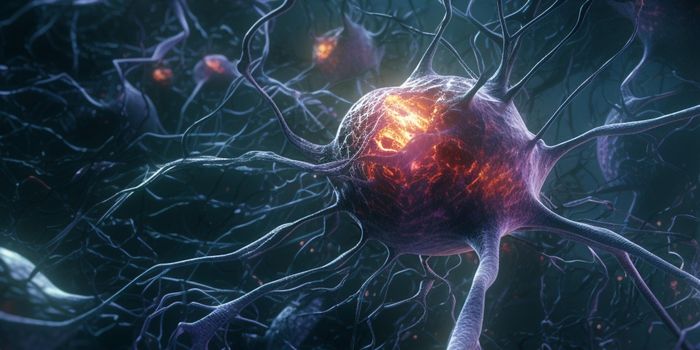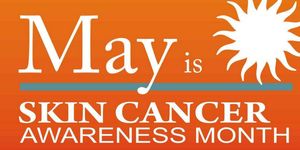Cancer Education Resources for Patients
Have you ever met patients or people who did not have a medical background? Have you heard them tell you that medicine is so hard to understand and when given a complex diagnosis like cancer, understanding what is happening seems like a whirlwind? This test and that test…X treatment versus Y treatment…some kind of something therapy…markers mean what exactly…etc.?
A cancer diagnosis is complex. Even the term “cancer” has connections to other diagnostic words that can mean cancer but sound very different including neoplasia, malignancy, tumor, neoplasm, and oncogenes. Educators and those in the medical field know this language but it is still very foreign to so many.
The National Comprehensive Cancer Network (NCCN®) has developed patient education tools in an effort to provide basic information about individual cancers including etiology (how and where it develops), diagnosis, tests, marker details, treatment planning, treatment options, differing prognostic indicators, supportive care ideas, helpful questions to ask, things to possibly expect, helpful website links, and a list of acronyms near the end of the booklet. There are diagrams and pictures to help in patients’ understanding. NCCN® collaborates with other organizations to garner support for their tools and lists those collaborators in these booklets as well.
The provider and oncology staff help patients immensely with their questions and to help navigate the process and experience; however, having tools like this in the hands of patients, developed almost like a learning workbook with spaces for notes and individualization, make these an excellent tool for patients to have on hand when they aren’t with people who can define this test or that.
The goal of these tools is to help patient’s in the shared decision-making process and to make informed decisions. Because many of these cancer diagnoses are so complex based on numerous factors, patients don’t even realize one individual’s Acute Myeloid Leukemia (AML) diagnosis can look very different and need different treatment than the next person’s. Some are published in a variety of languages to meet the needs of diverse patient populations.
These booklets are updated with the oldest version not updated yet being Brain Cancer/Gliomas, published in 2016. The current list of cancer guides includes booklets (ranging in page number but approximately 50+ pages) on:
Malignant Pleural Mesothelioma
Non-Hodgkin’s Lymphoma-Peripheral T-Cell Lymphoma
Waldenström’s Macroglobulinemia (Lymphoplasmacytic Lymphoma)
Distress Supportive Care after Cancer Diagnosis
Cancer Induced Nausea & Vomiting
Adolescents and Young Adults with Cancer
Source: National Comprehensive Cancer Network









